Windows Phone 7 restricted to just three chassis types?
Two employees of Microsoft Australia have let it slip that just three chassis designs will be supported by its new mobile operating system.
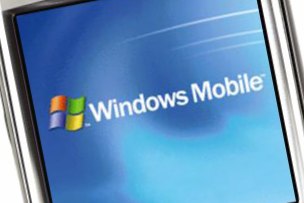
Manufacturers looking to release Windows Phone 7 Series handsets will be restricted to a choice of just three hardware designs.
That's the claim from Michael Kordahi and Andrew Coastes, two employees of Microsoft Australia, who shared their views on the new platform in their Frankly Speaking weekly podcast.
While the pair freely admitted that their comments were a mix of facts and predictions, they did specify that Windows Phone 7 Series hardware would be restricted to three hardware variants.
Microsoft's new mobile operating system was broadly praised when it was unveiled at Mobile World Congress in Barcelona earlier this month, but at the time it wasn't clear the hardware specifics Microsoft would require from forthcoming devices looking to use the platform.
According to Kordahi and Coastes: "We're talking about three form factors at this stage." The OS will make its debut on devices with the same form factor as the demo handset showing off the OS in Barcelona a touch-only chassis powered by the near-ubiquitous 1GHz Snapdragon processor and a dedicated graphics chip.
The second chassis type will be a slider form factor featuring a combination of touch screen and QWERTY keyboard, much like the Palm Treo, say the Microsoft Australia pair. Details on the third chassis have yet to emerge, they say, but predicted that it will be based on a basic candybar shape.
While the three-chassis model places far greater restrictions on device manufacturers than was the case with Windows Mobile 6.x, it's a development Microsoft itself has been saying for some time was inevitable.
Get the ITPro daily newsletter
Sign up today and you will receive a free copy of our Future Focus 2025 report - the leading guidance on AI, cybersecurity and other IT challenges as per 700+ senior executives
"In the future, we are looking to deepen our development work with a handful of key OEMs at the hardware design phase," Microsoft business marketing manager James McCarthy said in September 2009. "With much more carefully defined hardware specifications to match software requirements, which in turn will deliver even more powerful mobile experiences for our customers.
"This has led to this chassis concept that is familiar to the work Microsoft does with hardware partners in the PC industry to create high quality products."
Prior to Mobile World Congress, Microsoft was strongly rumoured to be working on a hardware device of its own, dubbed the "Zune Phone". It remains to be seen if such a device is still in fact on the horizon, or if the rumour simply grew from Microsoft's involvement in conceiving these hardware chassis types referred to by Kordahi and Coastes.
-
 Should AI PCs be part of your next hardware refresh?
Should AI PCs be part of your next hardware refresh?AI PCs are fast becoming a business staple and a surefire way to future-proof your business
By Bobby Hellard
-
 Westcon-Comstor and Vectra AI launch brace of new channel initiatives
Westcon-Comstor and Vectra AI launch brace of new channel initiativesNews Westcon-Comstor and Vectra AI have announced the launch of two new channel growth initiatives focused on the managed security service provider (MSSP) space and AWS Marketplace.
By Daniel Todd
-
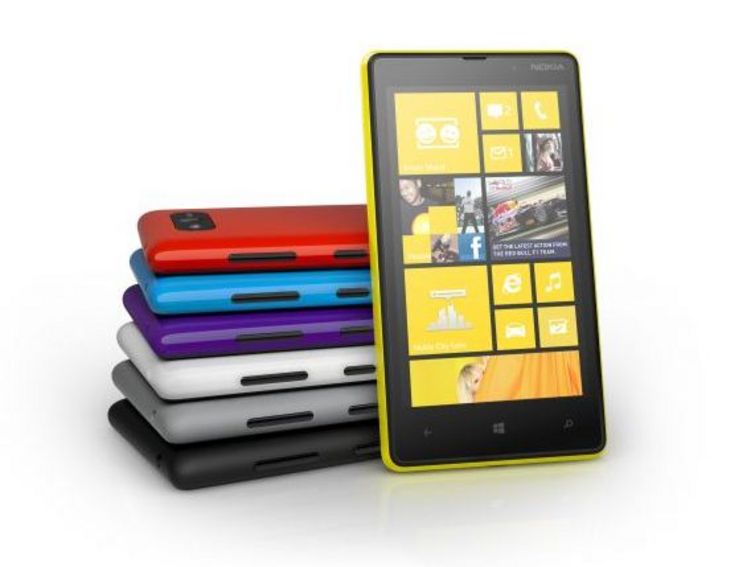 Best Windows Phone apps for 2018
Best Windows Phone apps for 2018Best We list the important Windows Phone apps to help you choose what to download
By Rene Millman
-
 RIP Windows Phone: Microsoft ends support for its dying OS
RIP Windows Phone: Microsoft ends support for its dying OSNews Windows Phone 8.1's support finished yesterday - will Windows 10 Mobile last much longer?
By Alan Martin
-
 Facebook messenger not working? Your phone might be too old
Facebook messenger not working? Your phone might be too oldNews Certain smartphone users will no longer be able to access their Facebook messages
By Kylie Marshall
-
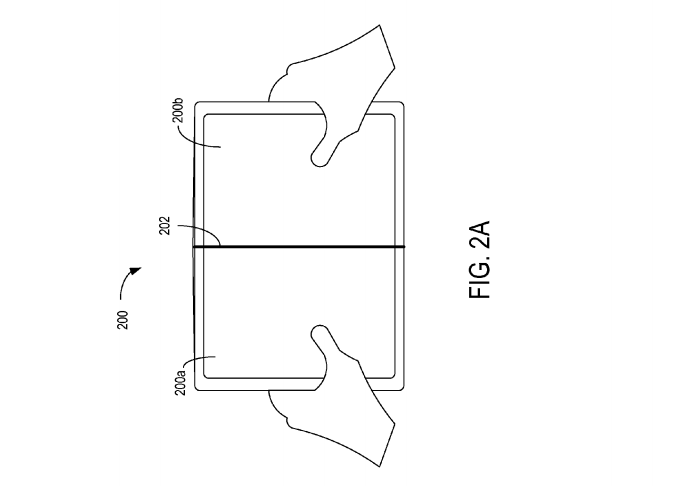 Microsoft patents a foldable Surface phone
Microsoft patents a foldable Surface phoneNews Will Microsoft build a Surface flip phone?
By Kylie Marshall
-
 Microsoft axes nearly 3,000 staff from smartphone division
Microsoft axes nearly 3,000 staff from smartphone divisionNews Total number of job cuts, across smartphone hardware and sales, in 2016 climbs to 4,700
By Jane McCallion
-
 Microsoft's results show Windows Phone really is dead
Microsoft's results show Windows Phone really is deadNews Overall, Microsoft income slumps to $20 billion despite cloud gains
By Rene Millman
-
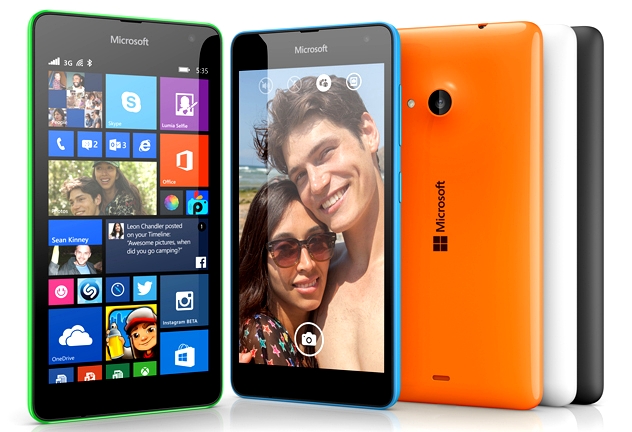 Microsoft Lumia 535 review
Microsoft Lumia 535 reviewReviews This Windows phone is the runt of the litter
By Adam Shepherd
-
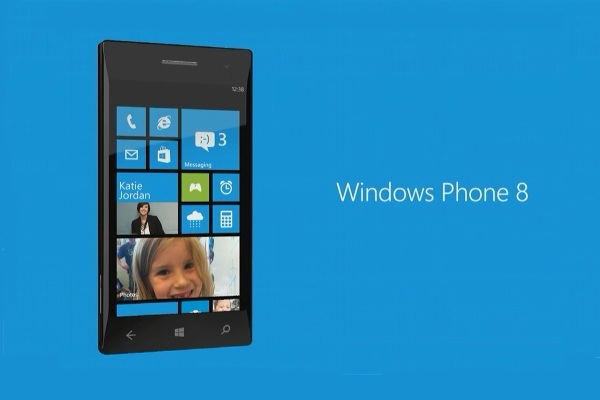 Is Windows Phone dead?
Is Windows Phone dead?Analysis As revenues plunge, we ask whether anyone can revive Microsoft's mobile enterprise
By Max Slater-Robins